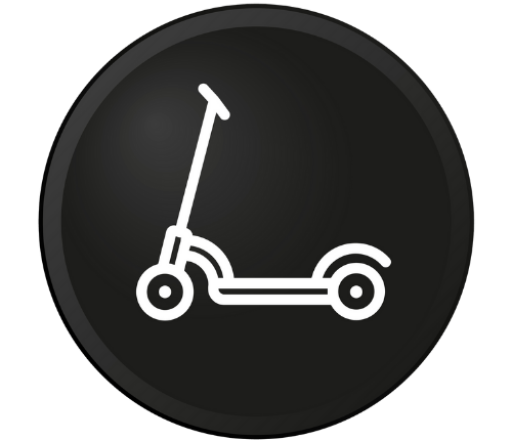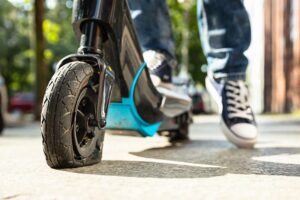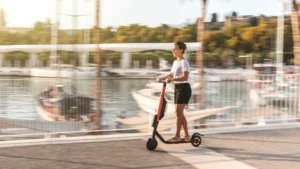City biking offers a fantastic way to commute, exercise, and explore urban environments. However, safety is paramount when navigating busy streets.
Whether you’re a seasoned cyclist or new to city biking, adhering to essential safety tips can make your rides smoother and more secure. This article provides comprehensive safety guidelines to help you ride confidently through the city.
Preparation Before You Ride
- Choose the Right Bike:
- Ensure your bike fits you properly. A bike that’s too large or small can be difficult to control.
- Opt for a city bike designed for urban commuting, which typically includes features like durable tires and easy handling.
- Regular Maintenance:
- Check Tires: Ensure they are properly inflated and free of damage.
- Inspect Brakes: Test them regularly to confirm they are responsive.
- Lubricate Chain: Keep the chain well-oiled to ensure smooth pedaling.
- Check Lights: Make sure both front and rear lights are functioning, especially for evening rides.
- Wear Appropriate Gear:
- Helmet: Always wear a helmet to protect your head in case of a fall.
- Bright Clothing: Wear bright or reflective clothing to increase visibility.
- Gloves and Eye Protection: Gloves can enhance grip and protect your hands, while sunglasses shield your eyes from debris and glare.
Navigating the City Streets
- Follow Traffic Rules:
- Obey all traffic signals and signs, just like you would if driving a car.
- Use designated bike lanes whenever available.
- Avoid riding on sidewalks unless it’s explicitly allowed.
- Stay Visible:
- Use lights: White lights for the front and red lights for the rear.
- Reflectors: Ensure your bike has reflectors on the front, back, and wheels.
- Hand Signals: Clearly signal your intentions to turn or stop to other road users.
- Stay Alert:
- Eyes on the Road: Constantly scan the road ahead for potential hazards.
- Listen: Avoid using headphones. Instead, stay aware of surrounding noises like car horns or sirens.
- Beware of Blind Spots: Stay out of blind spots, especially those of larger vehicles like buses and trucks.
Interacting with Other Road Users
- Communicate Clearly:
- Use hand signals to indicate turns and stops.
- Make eye contact with drivers at intersections to ensure they see you.
- Use a bell to alert pedestrians of your presence.
- Respect Pedestrians:
- Yield to pedestrians, particularly at crosswalks.
- Pass pedestrians and slower cyclists with ample space and at a moderate speed.
- Be Cautious at Intersections:
- Slow down and be prepared to stop at intersections.
- Look both ways before proceeding, even if you have the right of way.
- Use extra caution when passing through intersections with heavy traffic or multiple lanes.
Handling Common Hazards
- Potholes and Debris:
- Keep an eye out for potholes, debris, and other obstacles.
- Navigate around these hazards carefully, and signal if you’re moving into another lane to avoid them.
- Car Doors:
- Ride at least three feet away from parked cars to avoid getting hit by suddenly opened doors.
- Stay vigilant for any signs of drivers or passengers exiting their vehicles.
- Weather Conditions:
- Rain: Use fenders to avoid splashing, and be aware that braking distances can increase on wet roads.
- Snow and Ice: If possible, avoid biking during extreme winter conditions. If necessary, ride slowly and choose routes with less traffic.
Safety Gear and Accessories
- Lights and Reflectors:
- Front white light and rear red light are essential, especially after dark.
- Reflective tape or accessories on your bike and clothing can enhance visibility.
- Locks:
- Invest in a sturdy lock to secure your bike when parked. U-locks and chain locks are highly recommended.
- Always lock your bike to a fixed, immovable object.
- First Aid Kit:
- Carry a small first aid kit for minor injuries. Essentials include band-aids, antiseptic wipes, and a small bandage.
Conclusion
City biking can be a delightful and efficient way to move through an urban environment. By adhering to these safety tips, you can significantly reduce the risks and enjoy a safe, pleasant ride.
Remember, safety is about being prepared, staying alert, and respecting all road users. So gear up, stay cautious, and embrace the joy of city biking with confidence.



